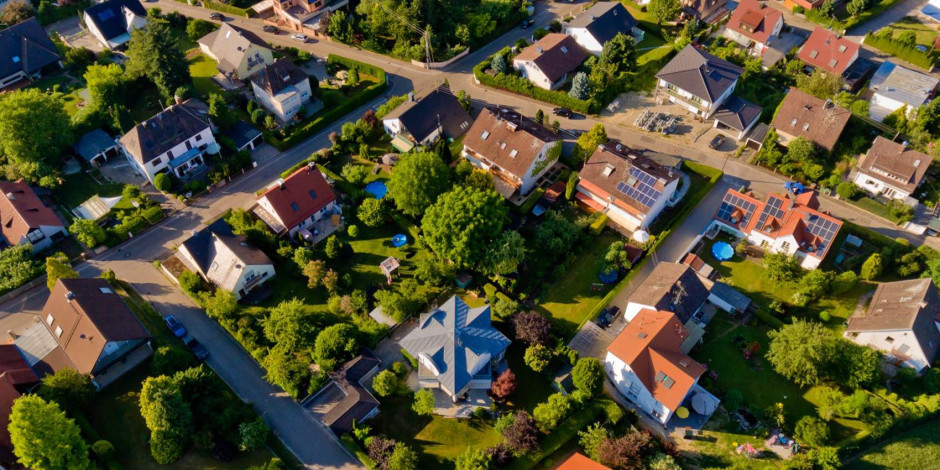Energy isn’t just about power. In fact, power supply and transportation are responsible for less than half of Germany’s energy consumption. Instead, the heating and cooling sector accounts for almost 51% of the country’s energy use – but only about 17% of that amount is based on renewable energies.

Obviously, the urgently needed energy transition can only succeed when heat is included. The answer: integrating sustainable combined heat and power (CHP) plants into Germany’s energy landscape.
We need to build flexible, efficient, and hydrogen-ready CHPs today. They are the only way we can guarantee reliability of supply – today and in the future – and achieve a successful heat transition.
Joachim Maier, Managing Director Energas BHKW GmbH
At 47%, private households are the biggest consumers of heat in Germany. Industry accounts for 37% and the trade, commerce, and services sector for the remaining 16%. Broken down by application: 47% is used for space heating, 38% for process heating, and the remainder for hot water, process cooling, and air conditioning. Today, heating and cooling usually are produced using natural gas and non-renewable fossil energy sources such as oil, coal, and electricity. Less than one-fifth of heat is produced from renewable energies. To meet sustainability objectives, heating and cooling must increasingly rely on renewable energies, reaching 50% by 2030. This ambitious but achievable goal requires a completely new energy system based on CHP technologies. The necessary technological solutions are already available; they just need to be implemented across the board.
CHP plants for our energy future
Germany’s electricity consumption will continue to increase significantly for several reasons, including the expansion of e-mobility and heat pumps and the increased use of artificial intelligence. Renewable energy will be used more than ever, but there is a growing need for secure, constantly available power plant capacity that takes over when the wind does not blow and the sun does not shine. A central element in the energy system of the future is CHP, which uses a primary energy source to simultaneously generate both electricity and useful heat. With CHP, municipalities can decarbonize their local heat and power supply, irrespective of existing conditions, because CHP plants emit less carbon than conventional separate power and heat generation. This highly efficient technology is not new. For decades CHP plants have been used as energy generators to provide large-scale backup for volatile renewables. These plants are often still fired by coal and, at least in the medium term, also by natural gas. The use of these fossil fuels makes it even more imperative to save valuable resources by using the waste heat produced during power generation.
Pioneering CHP plants like those from INNIO can run on renewable energy sources. In some rural areas, sustainable electricity and heat is generated using locally produced biogas from agricultural residues. In addition to the renewable gases that are firmly established in the energy landscape, INNIO’s Jenbacher CHP plants also will run in the future on other renewable energy sources. Once sufficient quantities are available, INNIO’s engines are “Ready for Hydrogen” and other synthesis gases (syngases) from hydrogen compounds. In the medium and long term, a highly efficient CHP plant is a future-proof investment.
1,217 billion kWh
consumed for heating and cooling each year in Germany
47%
for private heat consumption
50%
goal for renewable heat by 2030
Today 17%
renewable heat
From base load supply to operation that is optimized for the electricity market
Flexible and decentralized CHP plants are a key to the energy transition, as they can help guarantee the reliability of the energy supply in Germany. In the past, sustainable CHP plants were designed to meet the baseload of heat demand. Today, however, rather than competing with renewable sources, sustainable CHP plants can cover the residual load, supplying the energy that renewable sources cannot. They are used as a supplementary technology during peak loads to ensure a reliable heat and power supply.
CHP plants from INNIO also are designed and operated to optimize the electricity exchange. Timewise, generation and demand are decoupled. In addition to (heat) buffer storage, advanced plant concepts include smart energy management that controls and optimizes the plant’s usage to achieve high electricity prices on the energy market.
Future-proof CHP plants can meet the three major challenges of the energy sector: the phase-out of coal and nuclear energy, the unpredictability of renewables and the slow development of the infrastructure for electricity, and the widespread use of hydrogen. CHP plants can cover Germany’s electricity needs in the event of fluctuations or even failure of renewables while, at the same time, supplying thermal energy.
Learn more about the future of CHP in Germany here and read more about how Jenbacher CHP solutions support renewable power and heat generation in our white paper.